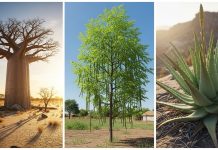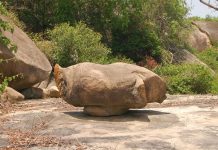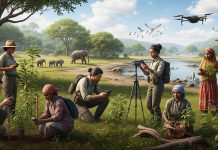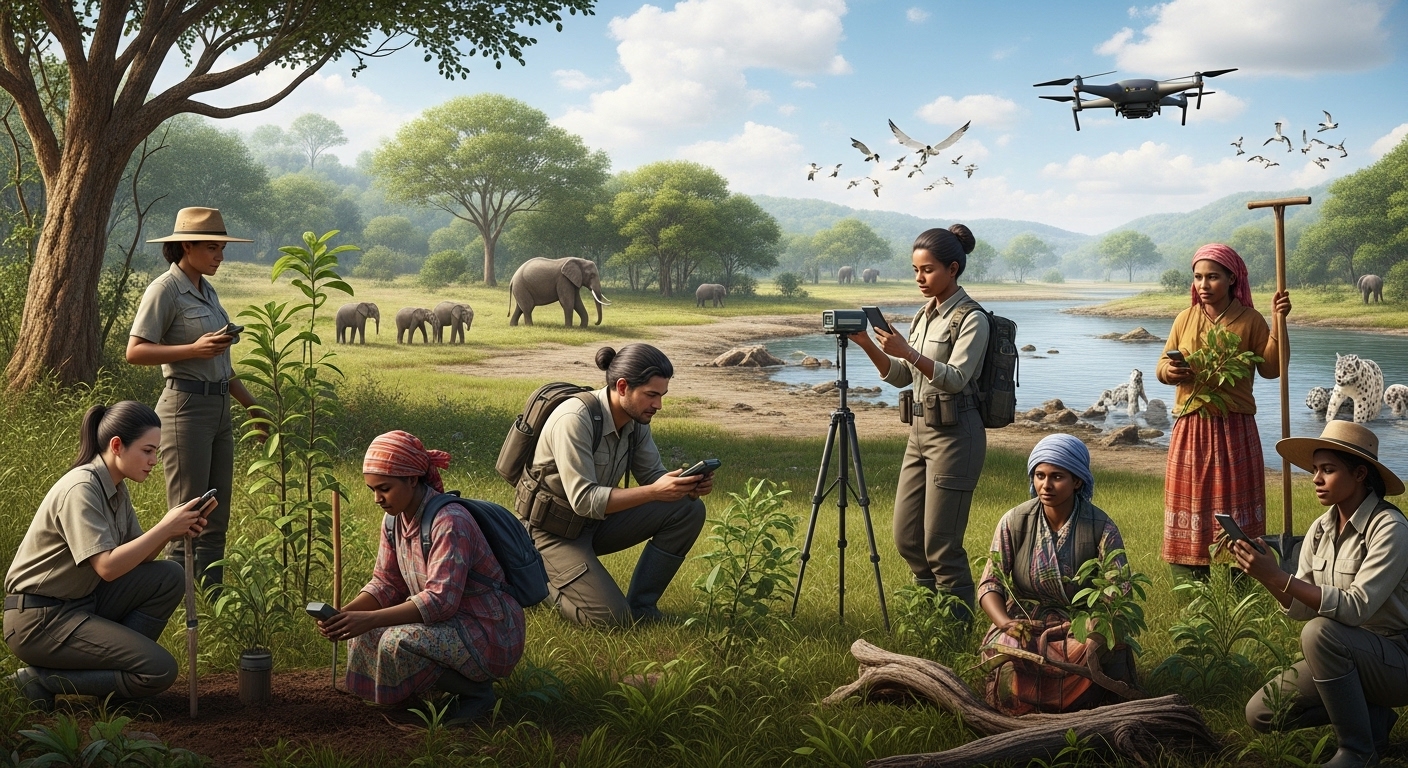Across the globe, conservation is no longer solely the domain of governments or large NGOs. Today, local communities, equipped with knowledge, technology, and the right support-are leading the charge to protect ecosystems, wildlife, and natural resources. From Africa to Asia, Latin America, and North America, the evidence is clear: when communities are empowered, biodiversity thrives, livelihoods improve, and climate resilience grows.
Why Community-Led Conservation Works
Local Knowledge Meets Science: Communities living alongside forests, rivers, and wildlife possess intimate knowledge of seasonal patterns, animal behavior, and ecosystem dynamics. Integrating this knowledge with modern technology-drones, AI monitoring, remote sensing, and blockchain-creates a powerful toolkit for conservation. For example, Mongolian herders now track snow leopards in real time using GPS collars and AI alerts, reducing human-wildlife conflict while protecting endangered species.
Accountability and Ownership: Conservation succeeds when communities feel ownership. Transparent systems, such as blockchain tracking for forest carbon projects in Indonesia or sustainable fisheries in Africa, ensure that funding reaches its intended purpose and that poaching or illegal logging is minimized. Local oversight naturally increases accountability, cutting corruption and misuse of resources.
Co-Benefits Beyond Nature: Conservation is most effective when it delivers tangible benefits to local people. Eco-tourism, sustainable agriculture, renewable energy projects, and reforestation programs generate jobs, increase food security, and strengthen resilience against climate extremes. In Namibia and Kenya, community conservancies have simultaneously boosted wildlife populations, cultural preservation, and economic well-being.
Global Success Stories
- Indonesia: Women-led mangrove restoration initiatives protect coastlines while creating sustainable livelihoods for hundreds of families.
- Vietnam: Ethnic community forest cooperatives have improved tiger and elephant survival rates while increasing income from eco-certified products.
- United States: Community watershed groups restore post-wildfire landscapes, combining volunteer action with local government support to rehabilitate habitats.
- Africa: Namibia’s conservancies have quadrupled wildlife numbers while generating tourism revenue and supporting poverty reduction. Kenya’s Wildlife Guardianship programs empower local people as stewards of biodiversity.
These examples demonstrate that scalable impact is achievable when communities are trusted, empowered, and provided with the right tools.
The Role of Technology
Technology improves community capacity rather than replacing it. Satellite imagery, AI, and drones allow communities to detect deforestation, monitor endangered species, and respond rapidly to threats. Mobile and citizen science platforms enable real-time data collection and empower local stakeholders to contribute directly to conservation planning. This combination of indigenous knowledge and high-tech tools forms the backbone of resilient, adaptive ecosystems.
Challenges to Overcome
Despite success stories, barriers remain. Steady financing, secure land and usage rights, and capacity-building for technology adoption are still limited in many regions. Scaling effective community-led models requires robust governance, legal frameworks, and long-term commitment. Without these, conservation initiatives risk faltering or being captured by external interests.
Looking Ahead: Opportunities for 2026
To expand the impact of community-led conservation in 2026, the following strategies are crucial:
- Prioritize Rights-Based Conservation: Ensure funding and policies strengthen local stewardship, respect land rights, and empower communities to lead.
- Scale Technology Access: Broaden the use of AI, drones, blockchain, and mobile monitoring, making these tools available even to remote areas.
- Integrate Community Voices into Policy: Global and national forums must embed local knowledge and priorities in conservation strategies.
- Promote Cross-Regional Knowledge Sharing: Lessons from Asia, Africa, and the Americas can inform new initiatives, accelerating success and avoiding repeated mistakes.
Conclusion
The evidence is clear: when local communities lead, equipped with knowledge and technology, conservation succeeds. It protects species, restores landscapes, strengthens resilience, and benefits people economically and socially. In 2026, the global conservation community has the opportunity to invest, scale, and mainstream these approaches, transforming nature protection from an isolated effort into a global movement rooted in empowerment, collaboration, and sustainable impact.
